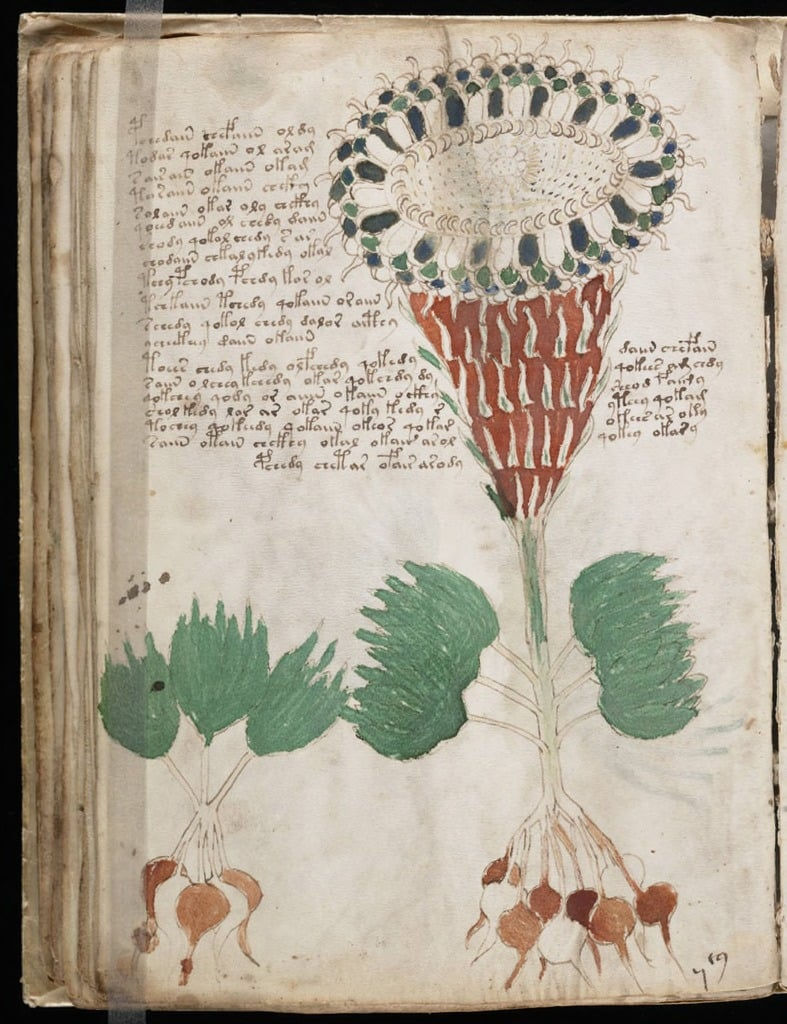The Enigmatic World of Egyptian Hieroglyphs
- Windfarer

- Aug 10
- 5 min read
Unlocking the Mysteries
By he, August 2025
Imagine standing before the towering walls of an ancient Egyptian temple, sunlight casting long shadows over intricate carvings that seem to whisper secrets from a bygone era. These are hieroglyphs—sacred symbols that once held the power to immortalize pharaohs, invoke gods, and chronicle the ebb and flow of one of history's most mesmerizing civilizations.

For millennia, they remained an impenetrable enigma, a linguistic labyrinth that baffled scholars and fueled endless speculation. Were they mere decorative art? Magical incantations? Or something far more profound?

Today, we delve into the captivating realm of Egyptian hieroglyphs, exploring their origins, mechanics, and the groundbreaking genius who finally cracked their code: Jean-François Champollion. Prepare to be transported to a world where history, mystery, and human ingenuity collide, leaving you pondering the boundless potential of the human mind.
The Birth of a Sacred Script: Origins and Evolution
Egyptian hieroglyphs emerged around 3200 BCE in the predynastic period, evolving from simple pictograms used by early Nile Valley inhabitants to track goods and mark territories. The term "hieroglyph" itself comes from the Greek words for "sacred carving," reflecting their divine connotation in ancient Egypt, where they were known as *mdw ntr*—the words of the gods. Unlike modern alphabets, hieroglyphs blended art and language, comprising over 700 signs by the time of the Middle Kingdom (around 2000 BCE). They adorned everything from monumental pyramids and obelisks to delicate papyrus scrolls, serving religious, administrative, and narrative purposes.

What makes hieroglyphs so mystically alluring is their multifaceted nature. Some signs are ideograms, directly representing objects or ideas—like a sun disk (𓇳) symbolizing the god Ra or the concept of "day." Others function phonetically, capturing sounds akin to a rebus puzzle: for instance, a combination of signs might spell out a word by its consonants alone, leaving vowels implied. Determinatives, silent classifiers, added context to avoid ambiguity—think of a seated man (𓀀) following words related to males or professions.

This system wasn't just writing; it was a visual poetry that demanded intuition and cultural immersion to decipher.

Hieroglyphs evolved over time, spawning cursive variants like hieratic for everyday use and demotic for later administrative texts. By the Ptolemaic era (305–30 BCE), they coexisted with Greek, as seen on the famous Rosetta Stone, before fading with the rise of Christianity around the 4th century CE. Their loss plunged the world into darkness, turning these once-vibrant symbols into cryptic relics that sparked tales of lost knowledge and ancient curses.
Ponder this: In a society where literacy was reserved for scribes and priests, hieroglyphs weren't just communication—they were a gateway to the afterlife, etched into tombs to ensure eternal life. How might our own digital age's emojis and memes echo this ancient blend of image and meaning?
The Mechanics of Mystery: How Hieroglyphs Work
At first glance, hieroglyphs appear chaotic, read from right to left, left to right, or even top to bottom depending on the context—guided by the direction figures face. No spaces separated words, and punctuation was absent, adding layers of complexity. Yet, beneath this veil lies a sophisticated system: phonetic signs (phonograms) for sounds, logograms for whole words, and determinatives for clarity. For example, the word for "beautiful" (*nfr*) might be written with a heart and trachea sign (𓄤), followed by phonetic complements to reinforce the pronunciation.

This hybrid approach allowed for creativity and wordplay, much like puns in poetry. Scribes could abbreviate or elaborate based on the medium—monumental stone favored elaborate forms, while papyrus allowed fluidity. The script's resilience is astounding: It endured for over 3,000 years, adapting to invasions and cultural shifts. But after the last known inscription in 394 CE at the Temple of Philae, knowledge of hieroglyphs vanished, swallowed by time. Medieval scholars viewed them as symbolic esoterica, not a true language, perpetuating myths of alchemical secrets and divine codes. It's a humbling reminder of how fragile knowledge can be—one generation's everyday tool becomes another's unsolvable riddle.
The Genius Who Pierced the Veil: Jean-François Champollion's Triumph
Enter Jean-François Champollion, the unlikely hero whose intellect illuminated this shadowed past. Born in 1790 in Figeac, France, amid the turbulence of the French Revolution, Champollion was a child prodigy.

By age 11, he mastered Latin and Greek; by 16, he added Arabic, Hebrew, Syriac, and crucially, Coptic—the last stage of the Egyptian language, written in Greek letters. Despite lacking formal resources—no internet, limited libraries, and political exile due to his Bonapartist sympathies—Champollion's passion drove him forward. He taught himself, poring over copies of inscriptions brought back from Napoleon's 1798 Egyptian campaign.
The turning point was the Rosetta Stone, discovered in 1799 and bearing a decree in hieroglyphs, demotic, and Greek. While British polymath Thomas Young made initial strides in 1814–1819 by identifying phonetic elements in royal names (like "Ptolemy" enclosed in cartouches), Champollion went further.

Without access to the original stone (held in London), he worked from imperfect casts and engravings. Drawing on his Coptic expertise, he hypothesized that hieroglyphs were phonetic, not purely symbolic—a radical idea at the time. In a feverish breakthrough on September 14, 1822, he deciphered names like "Rameses" and "Thutmose," exclaiming "Je tiens mon affaire!" ("I've got it!"). Just 13 days later, he presented his findings in Paris, collapsing from exhaustion afterward.
Champollion's feat was extraordinary given his constraints: No mentors specialized in Egyptology (a field he essentially invented), intermittent funding, and health issues from overwork. He faced skepticism and rivalry, yet published his *Lettre à M. Dacier* (1822) and *Précis du système hiéroglyphique* (1824), outlining a grammar that unlocked thousands of texts. His 1828–1829 expedition to Egypt confirmed his theories in situ, though it hastened his death at age 41 in 1832. Posthumously, his brother edited his Egyptian grammar and dictionary, cementing his legacy.
What makes Champollion's achievement so awe-inspiring? It wasn't just decoding a script; it resurrected an entire civilization. Suddenly, pyramid texts revealed rituals, medical papyri shared ancient cures, and love poems echoed human emotions across millennia. His work paved the way for discoveries like Howard Carter's 1922 unearthing of Tutankhamun's tomb, where hieroglyphs narrated the boy-king's story. Without Champollion, Egypt's voice would remain silent, its history reduced to ruins and speculation. It's a testament to perseverance: One man's relentless curiosity bridged 1,500 years of oblivion, challenging us to question what other "lost" knowledge awaits rediscovery.

Echoes in the Modern World: Legacy and Thought-Provoking Insights
Today, hieroglyphs live on in Unicode fonts, allowing digital recreation, and inspire everything from tattoos to AI language models. Champollion's decoding spurred Egyptology, revealing insights into gender roles (women as pharaohs like Hatshepsut), engineering marvels, and even humor in ancient satire. Yet, it prompts deeper reflection: How do scripts shape thought? Could hieroglyphs' visual richness foster creativity lost in alphabetic systems? And in an era of misinformation, Champollion's methodical rigor reminds us that truth demands evidence, not assumption.
The mystique endures—hieroglyphs evoke wonder about humanity's quest for immortality through words. As we gaze at them, we're reminded that every symbol carries a story, waiting for the right mind to listen.
Further Resources
For those eager to dive deeper, here are some recommended links:
- British Museum's Rosetta Stone Page: https://www.britishmuseum.org/collection/object/Y_EA24
- Egyptian Hieroglyphs Unicode Chart:
Relevant Videos:
Decoding Egyptian Hieroglyphs (the Rosetta Stone, Champollion) https://www.youtube.com/watch?v=Ju2JBoe9C7A](https://www.youtube.com/watch?v=Ju2JBoe9C7A)
-An engaging explanation of Champollion's process.
Champollion: Egyptian Hieroglyphics Deciphered (1978)
-A classic documentary on his life and breakthrough.




Comments